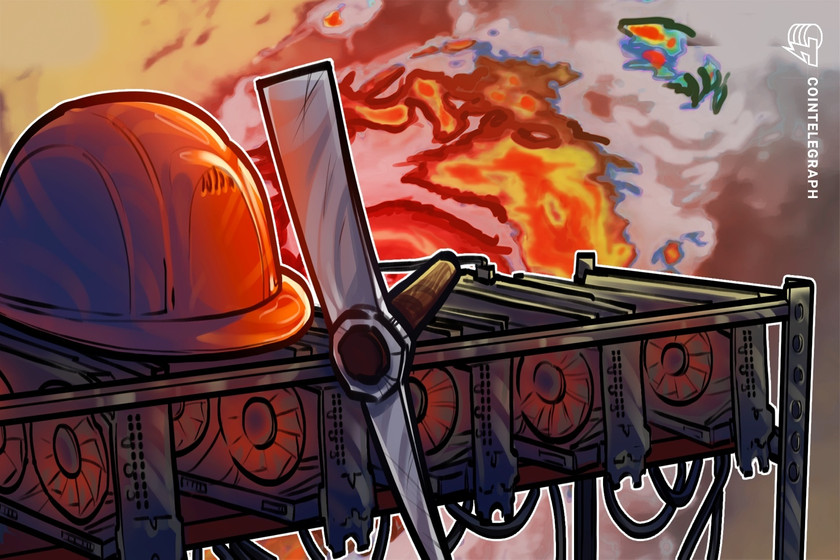Riot Platforms buys $291M in BTC rigs as miners rake it in from Ordinals


It adds to a prior agreement in which Riot bought 33,280 miners from MicroBT. The term sheet was also updated, allowing Riot to buy another 265,000 miners in the future.
Bitcoin (BTC) miner Riot Platforms is buying 66,560 mining rigs from manufacturer MicroBT in one of its largest expansions of hash rate in the firm’s history ahead of the Bitcoin halving scheduled for April 2024.
The additional purchase agreement totaled $290.5 million, Riot stated in a Dec.
$Riot Exercises Purchase Option on 18 EH/s of Latest Generation Immersion Miners from MicroBT, and Secures Additional Purchase Options Providing a Path to Exceed 100 EH/s.
– Riot places order for 18 EH/s of latest generation MicroBT Bitcoin miners, primarily consisting of the… pic.twitter.com/tEEudV6Z8n
(@RiotPlatforms) December 4, 2023
The right-to-purchase option was included in Riot’s initial agreement with MicroBT when it agreed to buy 33,280 machines from MicroBT in June.
Riot’s CEO Jason Les said the purchase order is “the largest order of hash rate” in the company’s history and hopes the updated agreement will strengthen Riot’s mining performance further.
Over 48,000 or 72% of the new machines will be MicroBT’s latest model, the M66S, which has a hash rate of 250 terahashes per second (TH/s), while the remaining machines will consist of the M66 (14,770) and M56S++ (3,720) models, Riot noted.
Altogether, the 66,560 miners will add 18 exahashes per second (EH/s) to Riot’s operations.


























